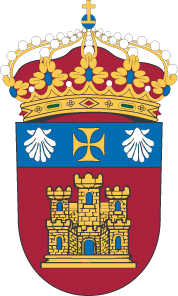Por favor, use este identificador para citar o enlazar este ítem: http://hdl.handle.net/10259/9318
Título
Raman, UV–Vis Absorption, and Fluorescence Spectroelectrochemistry for Studying the Enhancement of the Raman Scattering Using Nanocrystals Activated by Metal Cations
Autor
Publicado en
Analytical Chemistry. 2023, V. 95, n. 44, p. 16070-16078
Editorial
ACS Publications
Fecha de publicación
2023-10-23
ISSN
0003-2700
DOI
10.1021/acs.analchem.3c01172
Abstract
Raman signal enhancement is fundamental to develop different analytical tools for chemical analysis, interface reaction studies, or new materials characterization, among others. Thus, phenomena such as surface-enhanced Raman scattering (SERS) have been used for decades to increase the sensitivity of Raman spectroscopy, leading to a huge development of this field. Recently, an alternative method to SERS for the amplification of Raman signals has been reported. This method, known as electrochemical surface oxidation-enhanced Raman scattering (EC-SOERS), has been experimentally described. However, to date, it has not yet been fully understood. In this work, new experimental data that clarify the origin of the Raman enhancement in SOERS are provided. The use of a complete and unique set of combined spectroelectrochemistry techniques, including time-resolved operando UV–vis absorption, fluorescence, and Raman spectroelectrochemistry, reveals that such enhancement is related to the generation of dielectric or semiconductor nanocrystals on the surface of the electrode and that the interaction between the target molecule and the dielectric substrate is mediated by metal cations. According to these results, the interaction metal electrode–nanocrystal–metal cation–molecule is proposed as being responsible for the Raman enhancement in Ag and Cu substrates. Elucidation of the origin of the Raman enhancement will help to promote the rational design of SOERS substrates as an attractive alternative to the well-known SERS phenomenon.
Materia
Química analítica
Chemistry, Analytic
Electroquímica
Electrochemistry
Versión del editor
Aparece en las colecciones











